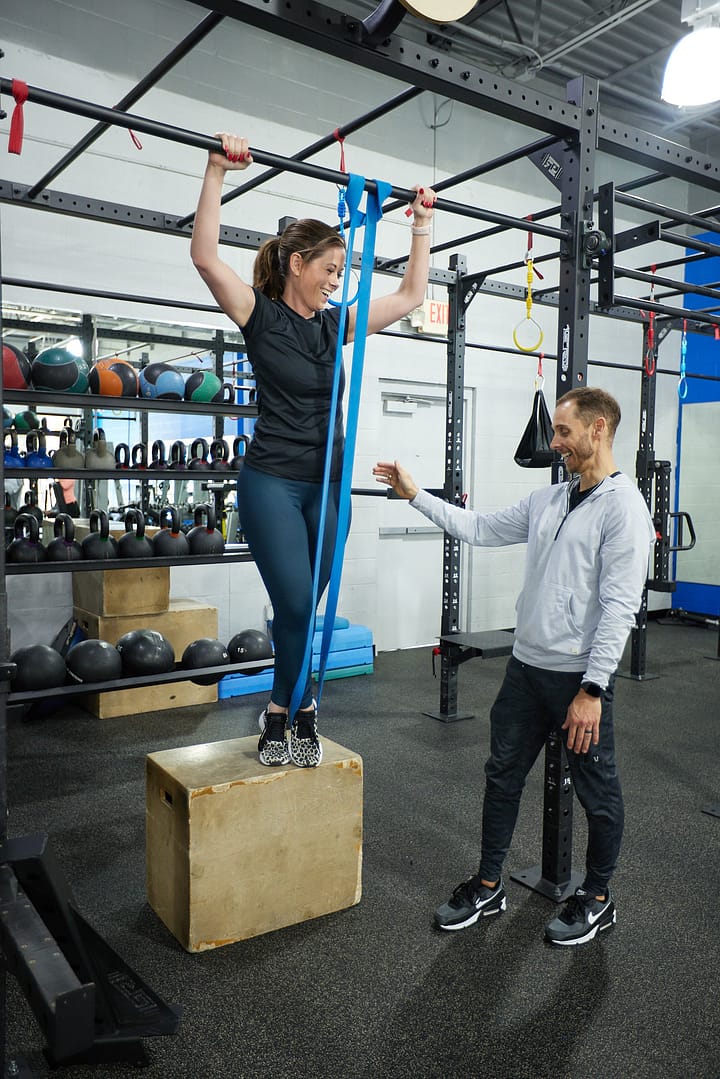The term “core training” often conjures images of sculpted abs and intense ab workouts. However, core training encompasses much more than just aesthetic abs. It involves strengthening and conditioning the entire torso, from your shoulders to your hips. This comprehensive approach not only enhances your appearance but also improves posture, reduces back pain, and elevates overall performance.
Why Your Core Matters
Your core is the central link in a chain connecting your upper and lower body. Whether you’re hitting a tennis ball, walking the dog, or lifting a heavy box, the necessary motions either originate in your core or move through it.
- Balance and Stability: A strong core stabilizes your body, allowing you to move in any direction or stand in one spot without losing your balance.
- Improved Posture: Core strength improves posture, vital for sitting or standing for extended periods.
- Reduces Back Pain: A robust core takes pressure off your lower back, reducing the risk of back pain.
- Enhances Athletic Performance: Athletes with a strong core have better agility, strength, and balance.
The Components of Core Training
Core training involves more than just your abdominal muscles. It encompasses several muscle groups, including:
- Rectus Abdominis: These are what you think of as “abs.”
- Obliques: Located on the sides of your abdomen.
- Transverse Abdominis: The deepest muscle layer of your abdomen.
- Lower Back Muscles: Supporting the spine and posture.
Exercises for a Comprehensive Core Workout
Here are some effective exercises to engage these muscle groups:
- Planks: Great for overall core stability.
- Russian Twists: Targets your obliques.
- Bird Dogs: Strengthens the lower back and improves balance.
- Pilates 100s: Works the transverse abdominis.
Integrating Core Training into Your Routine
- Start Slow: Begin with exercises that match your current fitness level.
- Consistency is Key: Regular core exercises yield the best results.
- Mix It Up: Incorporate different exercises to work all core muscle groups.
Nutrition for Core Development
Proper nutrition is essential in developing a strong, healthy core. Focus on a balanced diet rich in proteins, healthy fats, and complex carbohydrates. Hydration also plays a crucial role in muscle function and recovery.
Foods to Include:
- Lean proteins like chicken, turkey, and tofu.
- Healthy fats from avocados, nuts, and olive oil.
- Complex carbs from whole grains, fruits, and vegetables.
Common Misconceptions About Core Training
- Myth 1: Doing abs exercises every day will give you a six-pack.
- Reality: Abs are made in the kitchen. A healthy diet is crucial.
- Myth 2: You need gym equipment for core training.
- Reality: Many effective core exercises require no equipment.

The Role of a Personal Trainer
A personal trainer can be invaluable in your core training journey. They provide:
- Expert Guidance: Ensuring you’re doing exercises correctly.
- Personalized Programs: Tailored to your fitness level and goals.
- Motivation and Accountability: Helping you stay on track.
Ask us about how a personal trainer can help you with core training! Our team at CINCOfit is dedicated to guiding you through a balanced core training regimen, ensuring you achieve your fitness goals safely and effectively.

Recent Comments